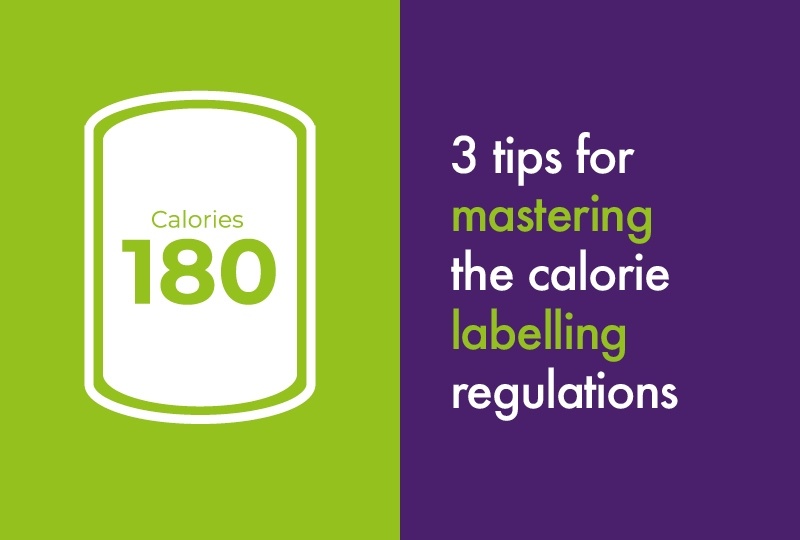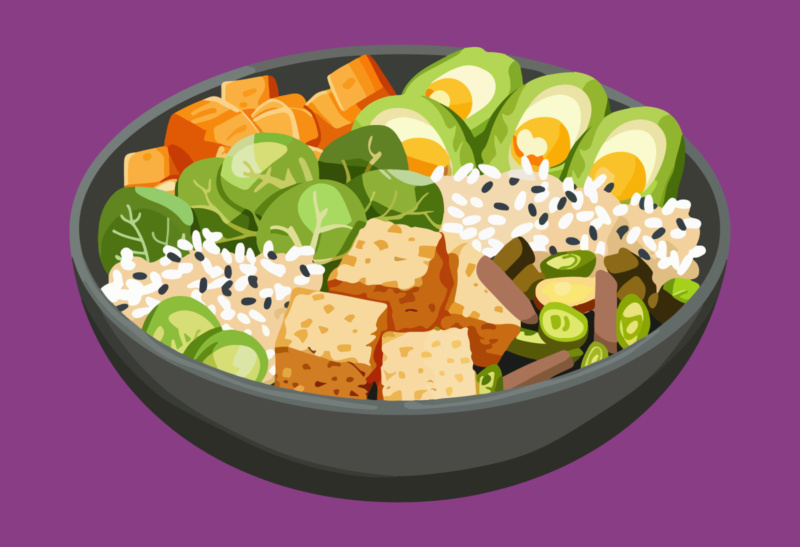The introduction of calorie labelling meant yet another hefty piece of legislation for the industry to get their head around.
But what is Calorie Labelling Legislation and why was it brought in in the first place?
Following the pandemic, government felt there was an even stronger need for good health. As a result of this, the government made the decision to reassess the out of home environment in which food is sold in order to help and encourage the public to make healthier choices.
Cue calorie labelling regulations! The legislation, which affects larger operators (with more than 250 employees), makes it a legal requirement for these out of home operators to provide the calorie information (in Kcal) for food and drink menus at point of choice.
As a business, we want to be a positive force for change, making our customers’ lives easier and helping them to grow, and so we developed our MyRecipes and Menu Planning tool. Free for Bidfood customers, this tool arms them with as much support and information on calorie labelling as possible to provide reassurance, whilst helping them navigate the changes to legislation.
We have seen thousands of customers using MyRecipes and Menu planning in response to changes in allergen and calorie laws, allowing them to stay ahead of the curve. And when new legislation appears, you can rest assured we will be doing our utmost to provide as much support to our customers as possible through our digital platform.
So if you’re tired of manually working out calories, allergen information and portions, here are our three top tips for making the most of Bidfood Direct’s MyRecipes and Menu planning.
Tip 1 – Portion control
Keeping on top of all your recipes in the hustle and bustle of a kitchen can be tricky, often with variations in portion size across the day depending on lunch or evening service and even between chefs. To address these complexities, MyRecipes and Menu Planning allows you to organise your recipes within menus, allowing you to have different recipes in each menu and clearly stated portion sizes.
So let’s say you want to scale down your chilli con carne for lunch service and add some creamy guacamole and sour cream to take the heat off. Simply adjust the portion sizes on your new lunch time menu, add the new ingredients and the calorie and allergen information will automatically update.
This functionality will support you when stating allergens and calories in accordance with the relevant calorie labelling regulations.
Tip 2 – Ingredient replacing
Food trends change fast, so to stay ahead of the curve, we suggest using the Ingredients Replacement feature. This allows you to easily swap out ingredients, giving you the flexibility you need on your menus.
Say you’re going fully vegetarian with your cooked breakfast, simply find the pork sausages, bacon and other meat ingredients on your recipes and with a few clicks replace them with a delicious vegetarian alternative from your agreed product range.
You will then see that all the nutritional and allergen information is automatically updated to reflect this, which can be printed out using our easy download function and then used to communicate with customers in line with the relevant calorie labelling regulations.
Tip 3 – Costing report
So now you’re trying to keep on top of the costs of all these portions, recipes and ingredient changes, well we have your back on that one! By using the MyRecipes and Menu Planning functionality you’re able to pull together full costing reports per recipe.
These reports reflect your actual real time food costs, including any replacements. Each report takes into account all the ingredients including any relevant labour costs that you can input yourself so that you can hit a gross margin that works for your business.
Take our vegetarian cooked breakfast, this may now show a healthier margin due to its increased use of vegetables, but require more labour hours to make. You can use the costing report tool to calculate these changes and find out what the new portion price should be based on your desired margin.
We know it’s a difficult time for the industry and that food regulations can be tricky to navigate in a climate that is putting more pressure on caterers, but here at Bidfood our dedicated teams are constantly developing and investing in digital tools that help solve the problems of today and tomorrow.
If you want to learn more about our new MyRecipes & Menu Planning tool, watch our video below and make sure you head to our Bidfood Direct – our online shop to find out more.



